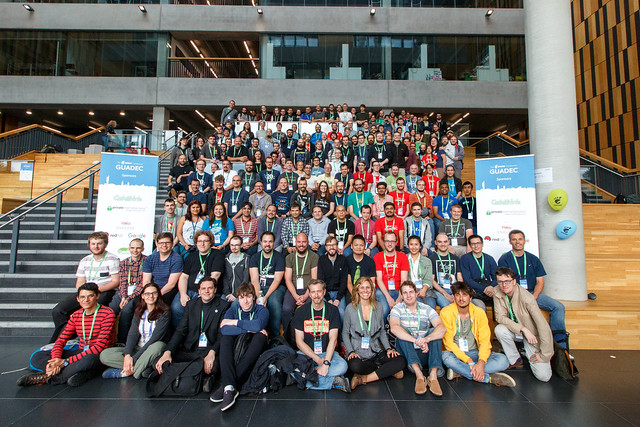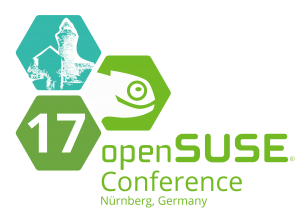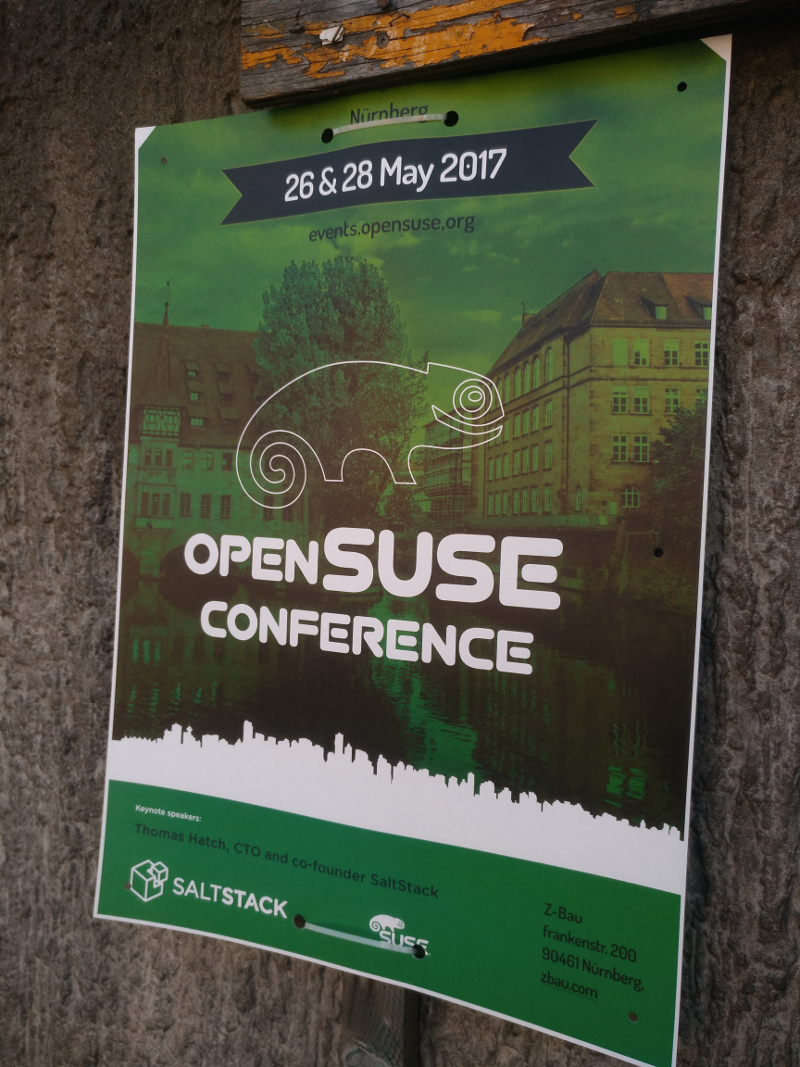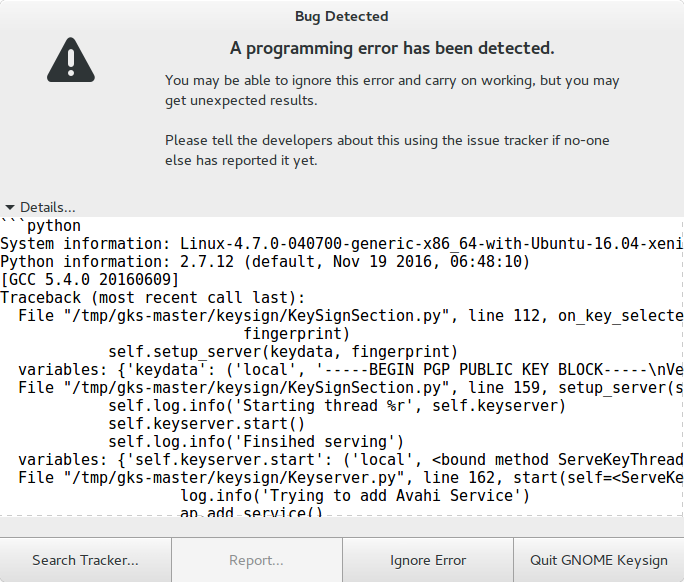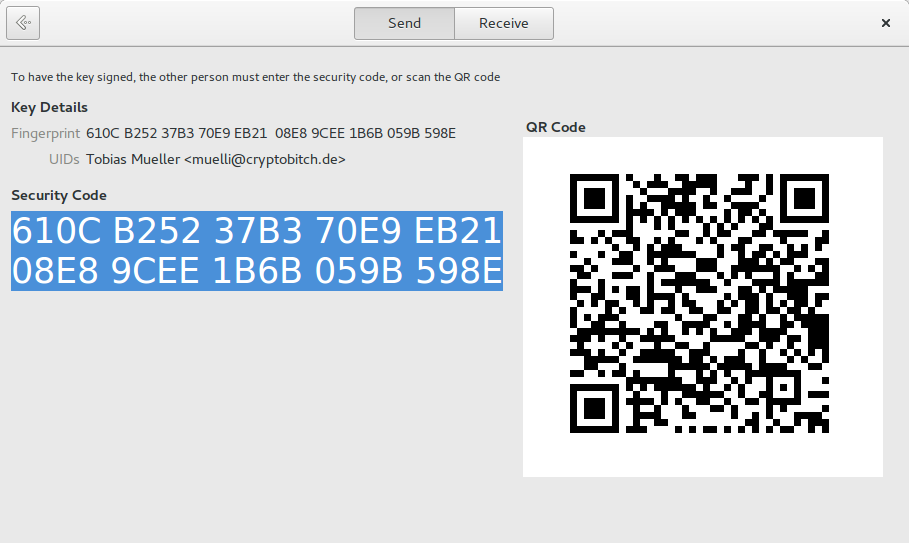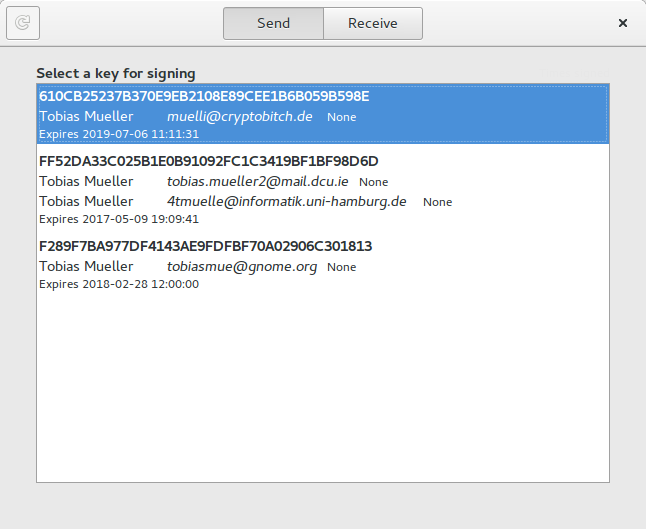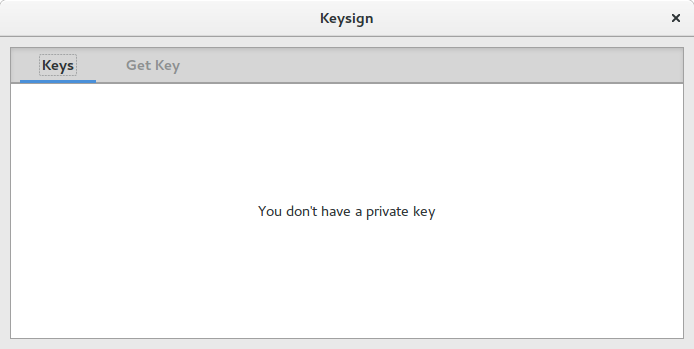I was invited to present GNOME at the Kieler LinuxTage in Kiel, Germany.

Compared to other events, it’s a tiny happening with something between fifty and hundred people or so. I was presenting on how I think GNOME pushes the envelope regarding making secure operating systems (slides, videos to follow). I was giving three examples of how GNOME achieves its goal of priding a secure OS without compromising on usability. In fact, I claimed that the most successful security solutions must not involve the user. That sounds a bit counter intuitive to people in the infosec world, because we’re trying to protect the user, surely they must be involved in the process. But we better not do that. This is not to say that we shouldn’t allow the user to change preferences regarding how the solutions behave, but rather that it should work without intervention. My talk was fairly good attended, I think, and we had a great discussion. I tend to like the discussion bit better than the actual presentation, because I see it as an indicator for how much the people care. I couldn’t attend many other presentations, because I would only attend the second day. That’s why I couldn’t meet with Jim :-/

But I did watch Benni talking about hosting a secure Web site (slides). He started his show with mentioning DNS which everybody could read, He introduced DNSSEC. Which, funnily enough, everybody also can read, but he failed to mention that. But at least nobody can manipulate the response. Another issue is that you leak information about your host names with negative responses, because you tell the client that there is nothing between a.example.com and b.example.com. He continued with SSH for deploying your Web site and mentioned SSHFP which is a mechanism for authenticating the host key. The same mechanism exists for Web or Mail servers, he said: DANE, DNS-based Authentication of named entities. It works via TLSA records which encode either the certificate or the used public key. Another DNS-based mechanism is relatively young: CAA. It asserts that a certificate for a host name shall be signed by a certain entity. So you can hopefully prevent a CA that you’ve never heard of creating a certificate for your hosts. All of these mechanisms try to make the key exchange in TLS a bit less shady. TLS ensures a secure channel, i.e. confidentiality, non-repudiation, and integrity. That is considered to be generally useful in the Web context. TLS tends to be a bit of a minefield, because of the version and configuration matrix. He recommended to use at least TLS as of version 1.2, to disable compression due to inherent attacks on typical HTTP traffic (CRIME), and to use “perfect forward secrecy” ciphers for protecting the individual connections after the main key leaked. Within TLS you use x509 certificates for authenticating the parties, most importantly in the Web world, the server side. The certificate shall use a long enough RSA key, he said, The certificate shall not use a CN field to indicate the host name, but rather the SAN field. The signatures should be produced with “at least SHA-256”. He then mentioned OCSP because life happens and keys get lost or stolen. However, with regular OSCP the clients expose the host names they visit, he said. Enter OCSP Stapling. In that case the Web server itself gets the OCSP response and hands it over to the client. Of course, this comes with its own challenges. But it may also happen that CAs issue certificates for a host name which doesn’t expect that new certificate. In that case, Certificate transparency becomes useful. It’s composed of three components, he said. Log servers which logs all created certificates, monitors which pull the logs, and auditors which check the logs for host names. Again, your Browser may want to check whether the given certificate is in the CT logs. This opens the same privacy issue as with OCSP and can be somewhat countered with signed log statements from a few trusted log servers.
In any case, TLS is only useful, he said, if you are actually using it. Assuming you had a secure connection once, you can use the TLS Strict Transport Security header. It tells the browser to use TLS in the future. Of course, if you didn’t have that first connection, you can have your webapp entered in the STS Preloading list which is then baked into major browsers. Another mechanism is HTTP Public Key Pinning which is a HTTP header to tell the client which certificates or CAs shall be accepted. The header value is a simple list of hashed certificates. He mentioned the risk of someone hijacking your Web presence with an injected HPKP header. A TLS connection has eventually been established successfully. Now the HTTP layer gets interesting, he said. The Content Type Options header prevents Internet Explorer from snooping content types which might cause an image to be executed as JavaScript. Many Cross-Site Scripting attacks, he said, originate from being embedded in a frame. To prevent that, you can set the X-Frame-Options header. To activate Cross-Site Scripting protection mechanisms, the X-XSS-Protection header can be set. It’s probably turned off by default for compatibility reasons, he said. If you know where exactly your data is coming from, you can make use of a Content Security Policy which is like SELinux for your browser. It’s a bit of a complicated mechanism though. For protecting your Webapp he mentioned Sub-Resource Integrity which is essentially the hash of what script you expect. This prevents tampering with the foreign script, malicious or not.
I think that was one of the better talks in the schedule with many interesting details to be discovered. I enjoyed it a lot. I did not enjoy their Web sites, though, which are close to being unusable. The interface for submitting talks gives you a flashback to the late 90’s. Anyway, it seems to have worked for many years now and hope they will have many years to come.











